Crafting a Weekly Paleo Recipe Plan for Beginners
Embarking on a paleo diet journey can seem daunting at first, but creating a weekly paleo recipe plan can simplify the process and make it enjoyable. By focusing on whole foods, you’ll have the opportunity to nourish your body with delicious meals without feeling restricted. Let’s dive into how you can craft a meal plan that not only satisfies your taste buds but also adheres to paleo principles.
Planning Your Paleo Meals
When crafting your weekly paleo recipe plan, start by identifying the essential components of a balanced meal. A typical paleo plate includes:
- Protein: Grass-fed meats, poultry, fish, and eggs.
- Vegetables: Non-starchy varieties such as leafy greens, broccoli, and bell peppers.
- Healthy Fats: Avocados, nuts, seeds, and olive oil.
- Fruits: Berries, apples, and bananas can be included in moderation.
With these components in mind, you can now map out your meals for the week. Here’s a structured approach that makes meal planning simple and effective.
Choosing Your Recipes
Start by selecting recipes for breakfast, lunch, and dinner. Aim for a variety of flavors and textures to keep your meals interesting. Below are some suggestions to consider:
Breakfast Options
- Paleo Breakfast Hash: Sauté sweet potatoes, onions, and bell peppers with cooked ground turkey or sausage for a hearty start.
- Egg and Avocado Bowl: Prepare scrambled eggs and serve with sliced avocado and cherry tomatoes.
- Smoothie Bowl: Blend spinach, banana, and almond milk, and top with nuts and seeds for added crunch.
Lunch Ideas
- Quinoa Salad: Combine cooked quinoa, cucumber, tomatoes, spinach, and a lemon-olive oil dressing.
- Grilled Chicken Lettuce Wraps: Use large lettuce leaves to wrap grilled chicken, avocado, and salsa.
- Vegetable Stir-Fry: Sauté your choice of vegetables with a protein source, such as shrimp or chicken, in coconut aminos.
Dinner Selections
- Herb-Roasted Salmon: Bake salmon with herbs, lemon, and olive oil, and serve with steamed broccoli.
- Paleo Beef Stew: Slow-cook beef with carrots, celery, and onions for a comforting meal.
- Stuffed Bell Peppers: Fill bell peppers with a mix of ground beef, cauliflower rice, and spices, then bake.
Grocery Shopping and Preparation
After selecting your recipes, it’s time to create a grocery list. To save time during the week, shop for ingredients in bulk. Focus on fresh produce, high-quality proteins, and healthy fats. As you shop, keep these tips in mind:
- Buy in Season: Choose fruits and vegetables that are in season for the best flavor and value.
- Visit Farmers’ Markets: Local markets often offer fresh, organic produce at competitive prices.
- Plan for Leftovers: Prepare larger batches of meals on certain days to reduce cooking time later in the week.
Staying Flexible
Your paleo recipe plan should serve as a guide, not a strict rule book. Feel free to swap out recipes or ingredients depending on availability and your cravings. The key is to enjoy your meals and listen to your body’s hunger cues.
Keep a notebook or digital app to track what meals you enjoy most. This will help you refine your meal planning process over time. By taking one step at a time and incorporating new recipes, you’ll soon find that paleo cooking becomes second nature.
Creating a weekly paleo recipe plan can drastically simplify your transition to this healthy lifestyle. With these tips and meal ideas, you’ll be well-equipped to enjoy a variety of nourishing meals that delight your taste buds and keep you on track with your dietary goals. Get ready to explore the wide world of paleo recipes and enjoy the culinary adventure that awaits!
The Benefits of Following a Paleo Recipe Plan for Weight Loss and Health
The paleo diet, based on the principle of eating like our hunter-gatherer ancestors, offers a unique approach to weight loss and improved health. By eliminating processed foods and focusing on whole, nutrient-dense ingredients, a paleo recipe plan can lead to significant benefits for those seeking to enhance their wellness. Understanding how this diet works can empower you to make informed decisions about the meals you prepare.
One major advantage of following a paleo recipe plan is the potential for weight loss. Since the paleo diet encourages the consumption of high-protein foods, it helps you feel full longer and reduces cravings. Foods like lean meats, fish, eggs, and nuts provide the necessary protein and healthy fats to keep you satisfied. When you’re satisfied, you are less likely to overeat or reach for unhealthy snacks.
Additionally, the paleo diet naturally reduces your intake of sugars and refined carbohydrates, which are often linked to weight gain. By eliminating these items, you’ll find yourself more in control of your blood sugar levels, resulting in fewer spikes and drops that can lead to binge eating. Instead, your energy levels become steady, allowing for more consistent exercise and daily activities.
Another crucial aspect is the diet’s emphasis on whole foods. A paleo recipe plan encourages the use of fresh fruits and vegetables, which are loaded with vitamins, minerals, and antioxidants. These nutrients work together to support your immune system, improve digestion, and promote overall well-being. Adding a variety of colorful vegetables to your meals can make them more appealing and delicious while providing essential nutrients.
Some benefits of incorporating a paleo recipe plan into your lifestyle include:
- Improved digestion: The elimination of processed foods and grains helps reduce bloating and digestive discomfort.
- Increased energy levels: Consuming nutrient-dense foods can boost your energy and reduce fatigue throughout the day.
- Better focus: A balanced diet can impact cognitive function, leading to improved attention and concentration.
- Healthier skin: The antioxidants from fruits and vegetables can aid in maintaining healthy skin and reducing inflammation.
The paleo recipe plan also places importance on the quality of food. Sourcing grass-fed meats and organic produce not only supports the environment but also provides higher levels of nutrients. This conscious approach can contribute to better health outcomes and a more profound sense of well-being. When you choose organic foods, you avoid chemicals and pesticides, thereby making a healthier choice for your body and lifestyle.
Meal prep is a key strategy within the paleo diet that can simplify your cooking routine and make it easier to stick to your plan. Dedicating time to prepare meals in advance can help you avoid the temptation of quick, unhealthy options when you’re busy. By keeping a variety of paleo-friendly ingredients on hand, you can whip up meals without compromising your dietary goals.
Here are some tips to get started with your paleo recipe plan:
- Plan your meals: Outline your meals for the week, focusing on recipes that include lean proteins, essential fats, and plenty of fruits and vegetables.
- Go shopping: Stock your pantry with essential paleo ingredients such as nuts, seeds, and healthy oils, along with fresh produce and grass-fed meats.
- Experiment: Try new recipes and flavors to keep your meals exciting. spices and herbs can add variety and help prevent monotony.
- Stay hydrated: Drink plenty of water and herbal teas to support your health and digestion.
Taking the time to create and stick to a paleo recipe plan not only helps with weight management but can positively impact your overall health. As you begin to experience the benefits associated with eating whole, nourishing foods, you may find that you have more energy, feel better, and naturally gravitate towards healthier choices. This diet allows you to cultivate a deeper understanding of your body’s needs and foster a more sustainable relationship with food.
A solid paleo recipe plan into your daily routine can transform your eating habits and support your journey toward a healthier lifestyle. With commitment and creativity in the kitchen, you can enjoy delicious meals while reaping the rewards of better health and weight loss.
Conclusion
Creating a paleo recipe plan is a fantastic way to simplify your journey toward a healthier lifestyle. By crafting a weekly menu that revolves around whole, unprocessed foods, you lay the foundation for lasting health and weight loss. As a beginner, it’s important to start small. Choose a few recipes that appeal to you and gradually build your confidence in the kitchen. Don’t hesitate to experiment with new ingredients and flavors—this is part of the fun of following a paleo diet.
The benefits of a well-structured paleo recipe plan extend beyond just shedding pounds. You will likely notice an increase in energy levels, better digestion, and improved overall well-being. By focusing on nutrient-dense foods, such as lean meats, vegetables, fruits, nuts, and seeds, you nourish your body in ways that processed foods often cannot. A paleo diet not only supports weight loss but also helps in stabilizing blood sugar levels and enhancing mental clarity.
As you embrace this lifestyle, remember that consistency is key. The more you stick to your paleo recipe plan, the easier it will become to make healthier choices. Share your experiences and recipes with friends or online communities to inspire others and enhance your own journey. With a little creativity and preparation, you can transform your meals into delicious, wholesome experiences that support both your health goals and your enjoyment of food. Start today, and enjoy the process of discovering how good eating can be!
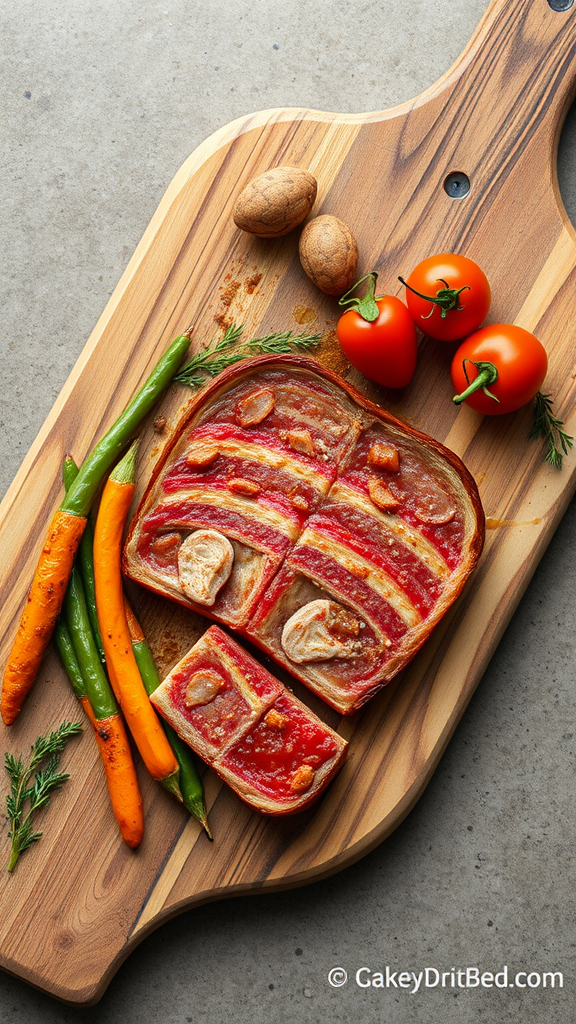
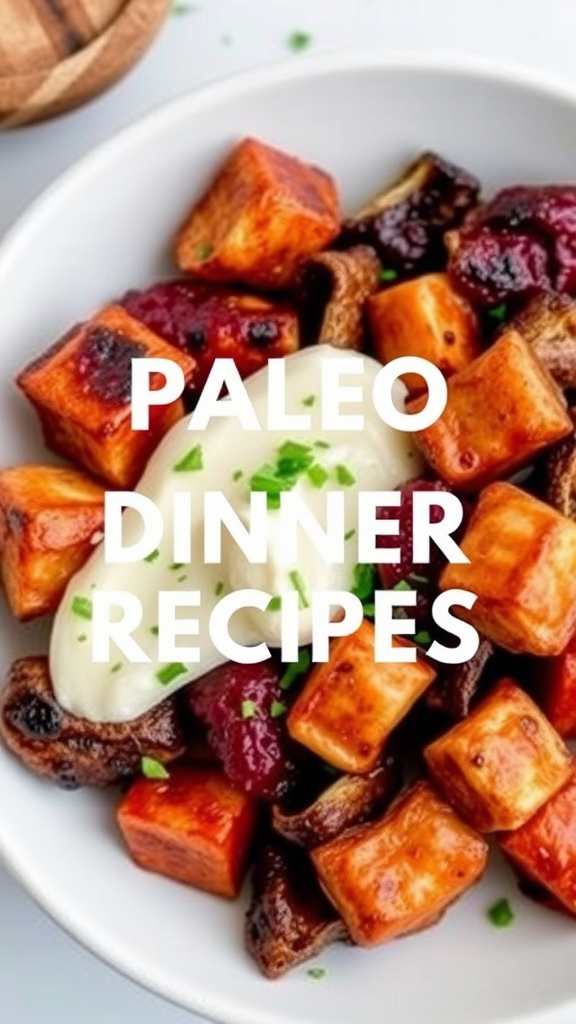
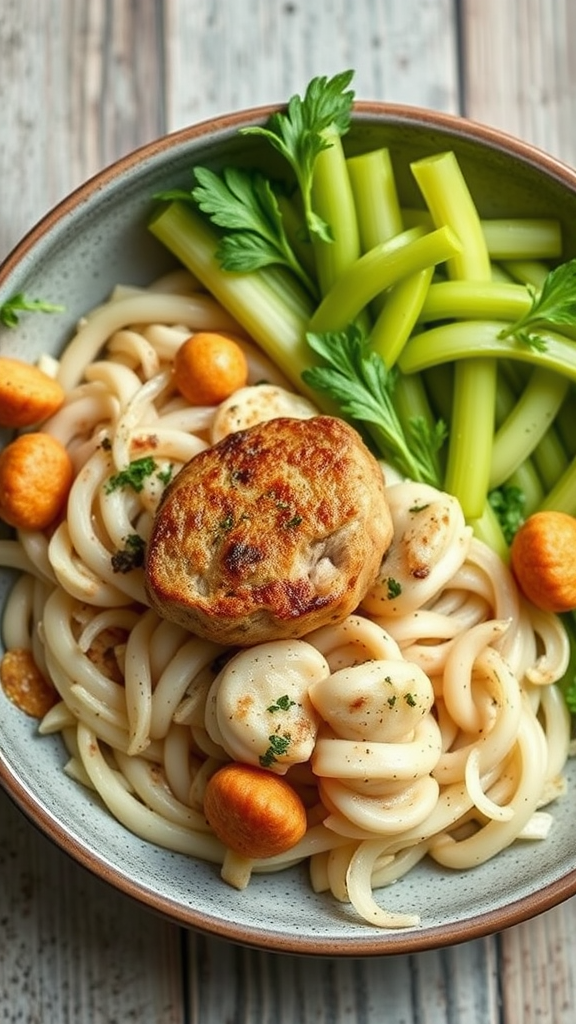
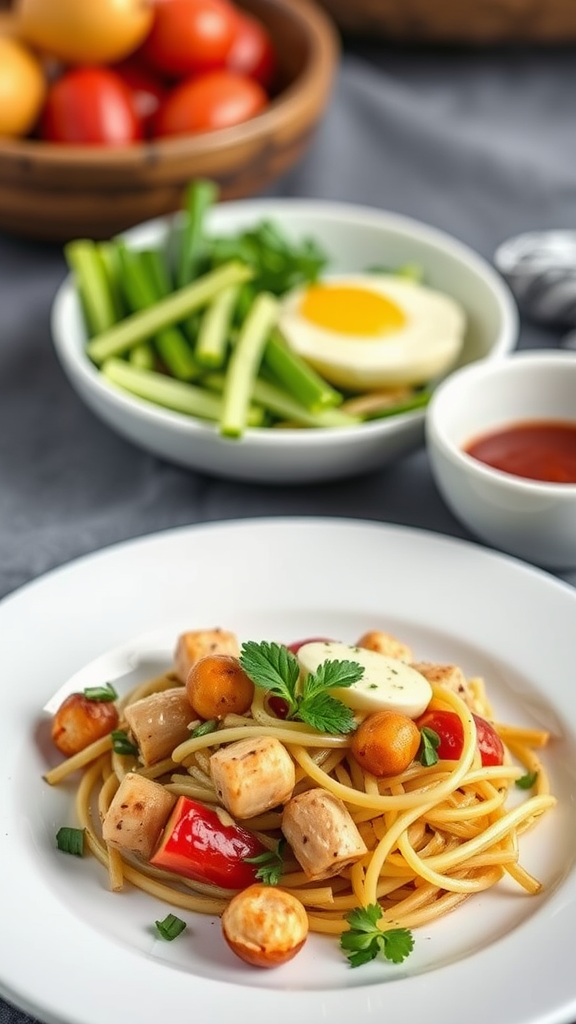
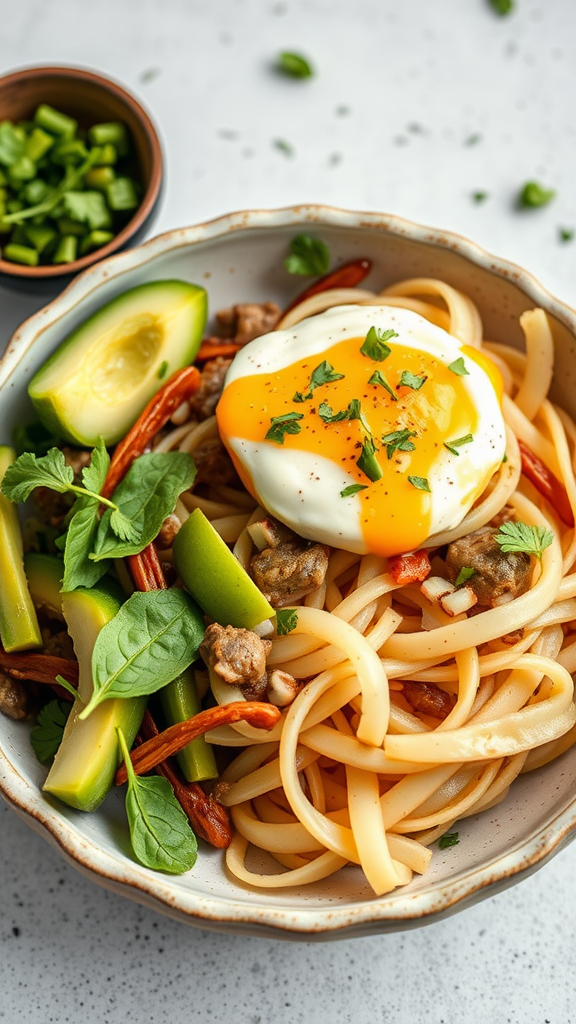
Leave a Reply